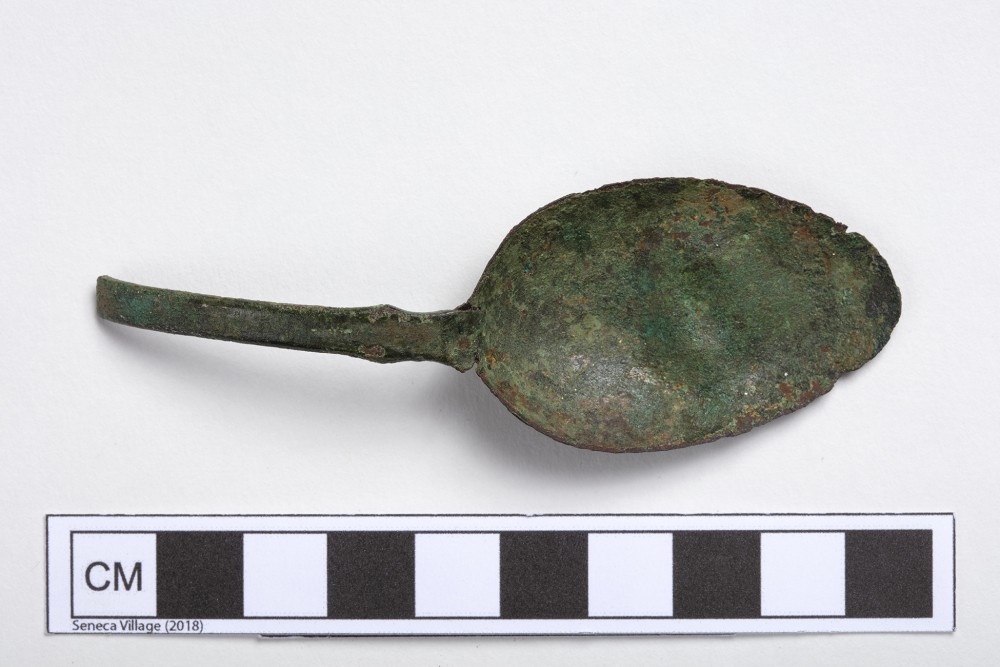Seneca Village, located in what would become part of Central Park, was a mid-19th century community of free African American property owners. It was the largest such community in the city, and little was known about it until scholarly research began in the 1990s, and was helped by the Seneca Village Project, an archaeological project that in 2011 unearthed hundreds of artifacts from that time.
Now, the NYC Landmarks Preservation Commission (LPC) has launched an online exhibit of the artifacts, nearly 300 in all, for the public to view for the first time.
Called “Seneca Village Unearthed,” the site gives history about Seneca Village and efforts to learn and study the community. It includes photos of artifacts of everyday life belonging to the Charlotte and William Godfrey Wilson family, including dishes and personal objects. The Seneca Village Project in 2011 also discovered the stone foundation of the Wilson house, along with the original ground surface walked on by Seneca Villagers.
“We are delighted that for the first time members of the public will have access to this highly significant archaeological collection, which unearths the stories of the people who lived in this once vibrant African-American community,” said LPC Chair Sarah Carroll in a statement. “LPC is seeking to share the story of all New Yorkers in all aspects of our work, and by making resources like these available we can ensure everyone can learn about this significant part of our past.”

Seneca Village was founded in the 1820s, in the area now between 82nd to 89th Streets from Seventh to Eighth Avenues, according to LPC, which was at the time a rural area above the city center. An 1821 New York State amendment required African American men to own property in order to vote, however they were prevented from buying land by restrictive housing codes and laws.
These restrictions didn’t exist in Seneca Village, which became a middle class community of over 220 residents by the mid-1850s, and included three churches, a school and orchards. New York City would acquire the land in 1857 through eminent domain for the creation of Central Park, thus displacing the community.
“The story of our City cannot be told without the African-American community, and a historically significant part of that is Seneca Village and the forced removal of families from this entire neighborhood,” said Council Member I. Daneek Miller, Co-Chair of the Black, Latino/a, and Asian Caucus, after the online collection was launched.
“This online exhibit will illustrate the lives of New York City’s first community of free African-Americans in a way that is accessible to all and targets a vast audience,” Miller added. “It also serves as an important reminder of the struggles they faced as their homes were destroyed, and their entire community was displaced. We are thankful for the Landmarks Preservation Commission’s work in this important effort.”
The artifacts are at archaeology.cityofnewyork.us/collection/search/site/seneca-village.





































